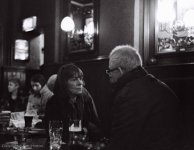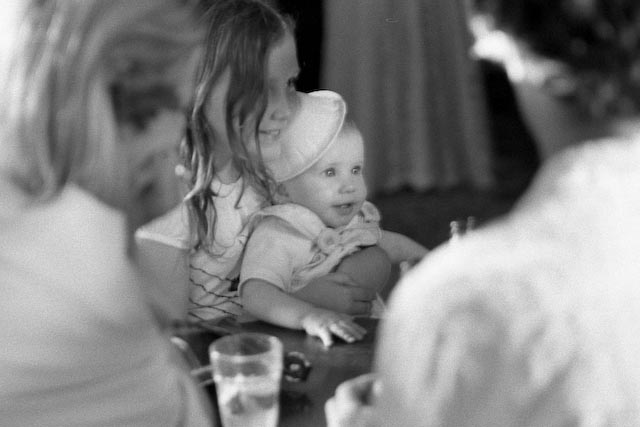Ronald_H
Don't call me Ron
I've got to learn to do this myself. 3 rolls developed and hi res scan cost $44!!! Ouch! That's an expensive learning curve. I can't keep that up. The house is falling down around me as it is. :bang:
So, I guess I'm going to have to save my pennies for a better 50mm lens. What can you expect from a J8 that cost me $35. Perhaps I should shoot exclusively with my Elmarit 90 2.8 and see the difference.
Is the Jupiter really the problem? I have a couple of Russian 50mm lenses that came with cameras, they are perfectly ok. But I just happen to have a Summicron DR... If you want a great lens at a budget, try a Voigtlander lens.
By all means, do you own developing. This forum will give all the advice you need (it worked for me 😉). If you can find people who can help you locally, that's even better. It's not hard, your first roll will probably surprise you, although you will swear at the dust spots!
For a cheap scanner you might consider the Epson V500. It is not the best for 35mm, but one of the best flatbeds out there. If your budget stretches to a (second hand) Minolta or Nikon, that's even better.



